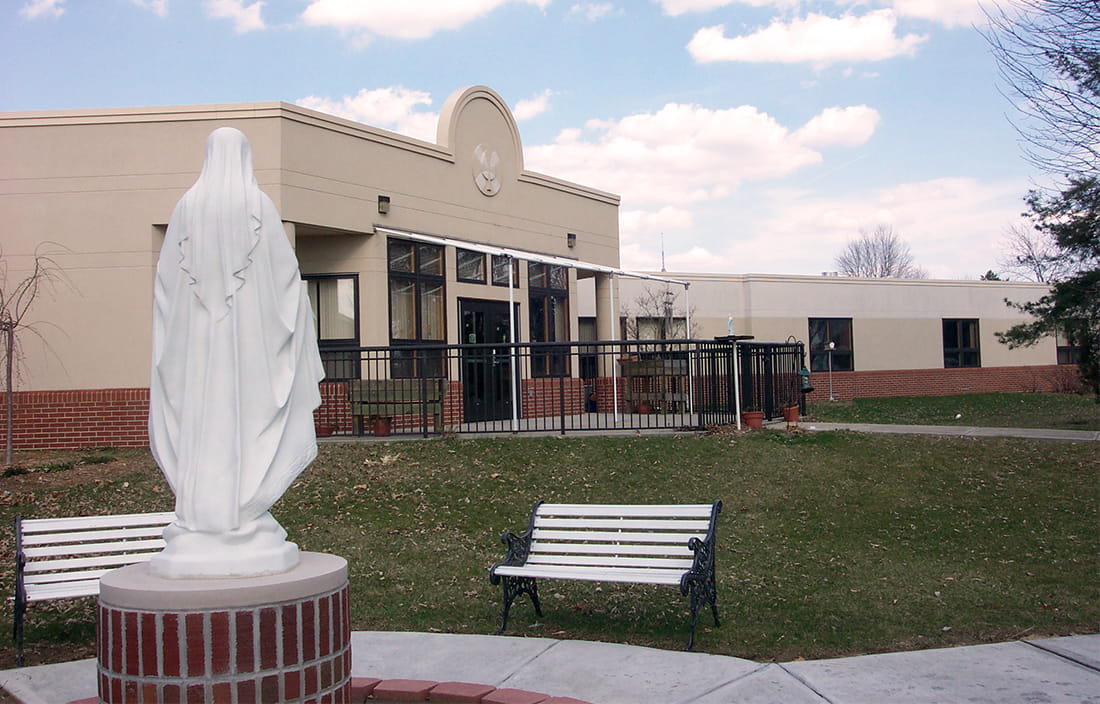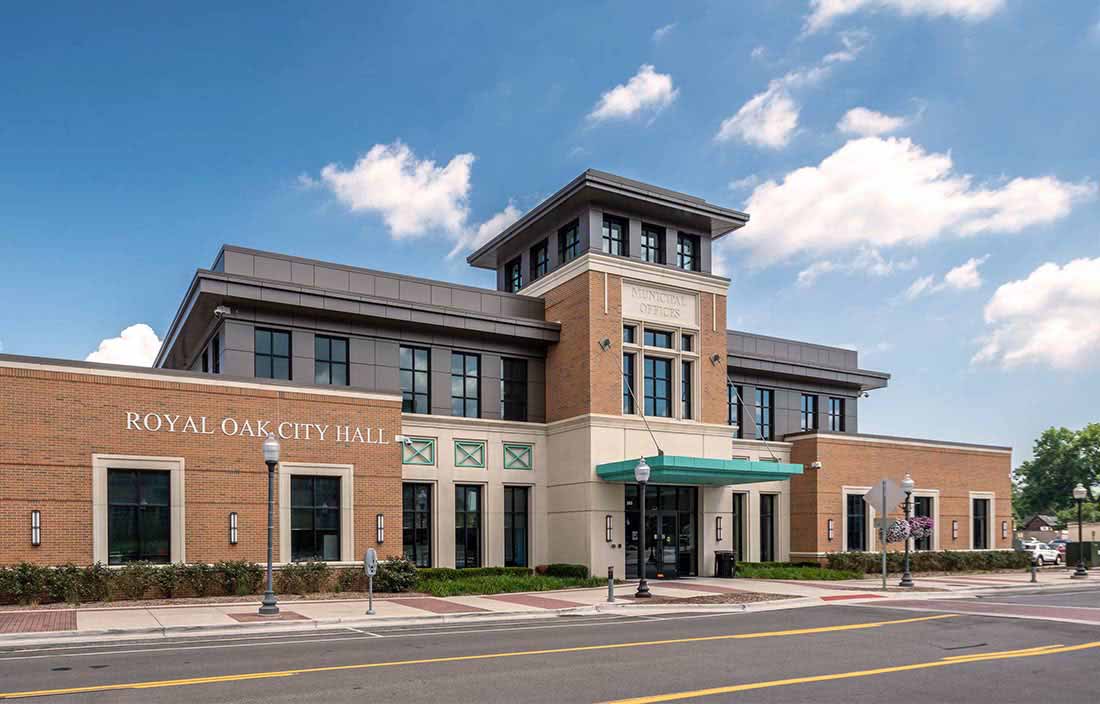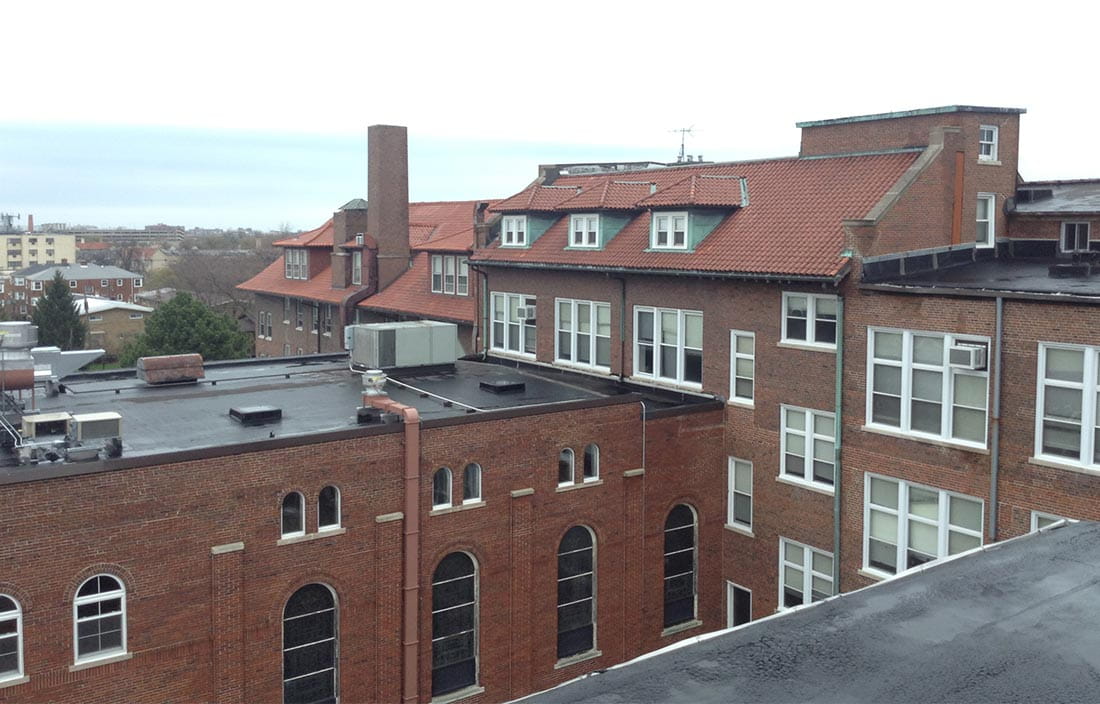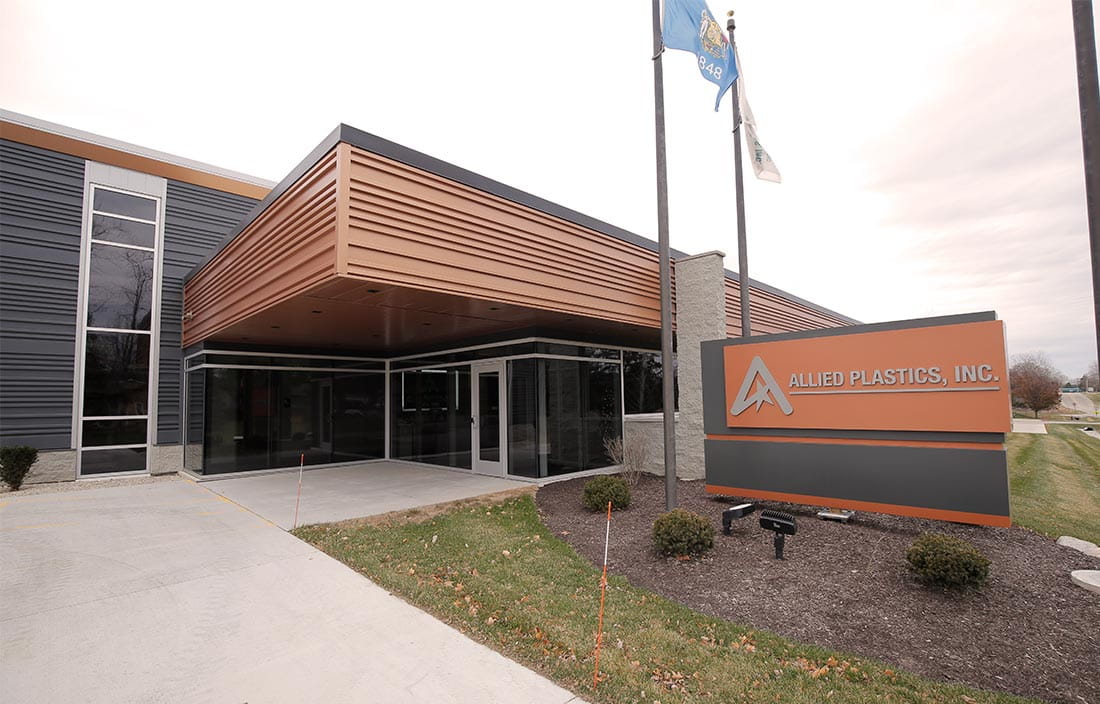The Ralston Center, founded in 1817, is a small nonprofit organization with a big heart and caring mission to provide services to older adults residing in Philadelphia, Penn. Its main source of funding was derived from revenue generated by leasing out its 133-year historic building in the center of the University of Pennsylvania. For more than a century, the organization has watched the university flourish around its three-story, red colonial-brickwork façade.
An unexpected offer for development
The Ralston Center was approached in 2019 with an interesting offer to partner and convert the historic building into a senior living facility. The Ralston Center’s leaders engaged Plante Moran Realpoint (PMR), formerly Plante Moran REIA, to identify and evaluate the deal in comparison to all their options.
PMR's land analysis helped the organization and its board determine it was neither worth the risk nor in their best interest to become a codeveloper of a senior living facility. Instead, our analysis uncovered that selling this valuable property outright could significantly fund and expand The Ralston Center’s mission of service to seniors for many decades to come. With that direction in mind, PMR worked with the board to pursue predevelopment activities designed to maximize the potential sale price.
“Plante Moran Realpoint was selected because of their depth and breadth of knowledge in the long-term care and real estate fields,” said executive director Lynette Killen. “We made the right decision because the initial deal we considered was much different then where we ended up several years later.”
Maximizing property value before the sale
PMR coordinated with local experts to determine exactly what could be built on this unique historic site. By working closely with Ralston’s zoning counsel and the Philadelphia Historic Commission, it became clear that splitting the property and excluding a portion from the commission’s oversight was in the best interest of The Ralston Center. PMR coordinated with Ralston’s zoning counsel, the Philadelphia Zoning Board of Adjustment, and the Philadelphia Building Commission to specifically define the size and dimensional constraints of the future development parcel.
“Plante Moran Realpoint was able to educate the Building Task Force (board and staff members) and identify resources for concrete actions. Having someone to call or call us was very helpful to me (as the Executive Director) and the Building Task Force Chair,” said Killen. “A ‘gut check’ from someone who understood the ins and outs of the process was important to put us on the right track.”
Already faced with the challenges of the pandemic, the project also encountered unexpected time constraints when the Philadelphia City Council introduced new legislation that would diminish the development potential if we failed to sell within a tight timeframe. PMR helped The Ralston Center identify and navigate all these factors prior to the sale process, significantly enhanced the property’s value and created a competitive market for the proposed development site.
Simultaneous property sale and new lease
Once the property split was in place, the site was approved for a development up to 430,000 square feet. With the development parcel handled, we turned our attention to securing a long-term lease of the existing historic building to add even more value to the potential sale price. The property went to market after the long-term lease was signed and received numerous offers by qualified developers over two competitive rounds of bidding.
All the predevelopment work and due diligence led to a sale of $44 million — far beyond the property’s initial price estimates. This infusion of funds allowed The Ralston Center to transform itself into The Sarah Ralston Foundation and expand its mission of serving vulnerable older adults long into the future. A new 400-unit student housing center is currently proposed for the property.









